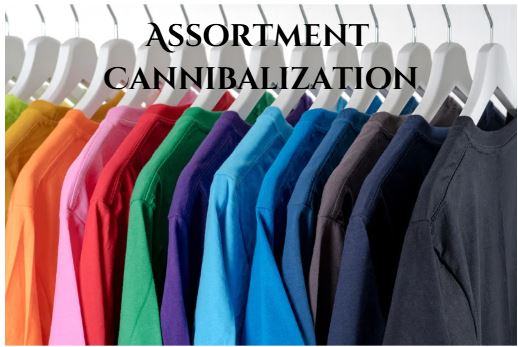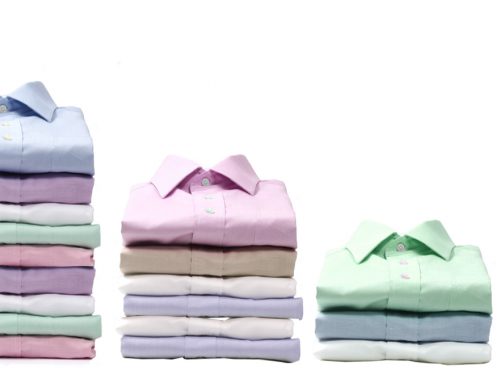Understanding Product Cannibalization in Fashion Retail
Product cannibalization in fashion retail occurs when products or strategies inadvertently compete with each other, ultimately reducing overall sales. To fully grasp its impact, let’s explore some real-world examples and strategies to mitigate its effects.
Examples of Product Cannibalization in Fashion Retail
- Similar Product Lines
When retailers launch two t-shirt lines that are nearly identical in both style and price, customers may struggle to differentiate between them. As a result, instead of boosting total sales, they simply choose one over the other, leading to no real growth in revenue. - Overlapping Discounts
Offering discounts on a newly released collection while the previous one is still available can inadvertently shift customer attention. Consequently, shoppers may opt for the discounted new items, leaving the older inventory untouched and unsold. - Unclear Differentiation
When retailers introduce products with minimal differences—such as two similar dresses aimed at the same demographic—the risk of cannibalization increases. Rather than generating additional demand, these products end up competing against each other, weakening overall sales potential.
Negative Impacts of Product Cannibalization
The effects of product cannibalization can be detrimental, leading to several challenges:
- Reduced Profit Margins: High-margin products losing sales to lower-margin alternatives can gradually erode overall profitability.
- Inventory Management Challenges: Overlapping product categories can result in overstock, leading to markdowns or even waste.
- Brand Confusion: When product differentiation is unclear, customers may struggle to recognize unique selling points, ultimately weakening brand identity.
Using Attributes to Mitigate Product Cannibalization
To combat these challenges, retailers must carefully plan product attributes—such as size, color, material, and style. This approach not only reduces cannibalization but also helps optimize inventory and boost sales.
In-Season Insights
By tracking product attributes, retailers can monitor stock levels more effectively. Analyzing attribute-level sales data enables them to identify trends and make informed inventory decisions. For instance:
- Trending Colors: Are pastel shades currently dominating sales?
- Size Preferences: Which sizes tend to sell out the fastest?
- Material Preferences: Are sustainable fabrics becoming more popular?
For example, if retailers observe a surge in demand for oversized fits or earth-toned apparel, they can adjust their upcoming collections accordingly.
Post-Season Analysis
Beyond in-season tracking, attributes also play a crucial role in post-season evaluations. By analyzing historical sales data, retailers can refine future assortments and minimize potential losses. For example:
- Which specific combinations, such as floral prints on maxi dresses, performed exceptionally well?
- Which attributes received minimal interest and should be scaled down in future collections?
Conclusion
Ultimately, product attributes form the foundation of a well-balanced assortment plan. When used strategically, they help ensure that the right mix of products reaches the right customers, reducing waste and maximizing sales. By addressing cannibalization through careful differentiation and data-driven decision-making, fashion retailers can safeguard profitability, optimize inventory, and enhance their brand identity.























